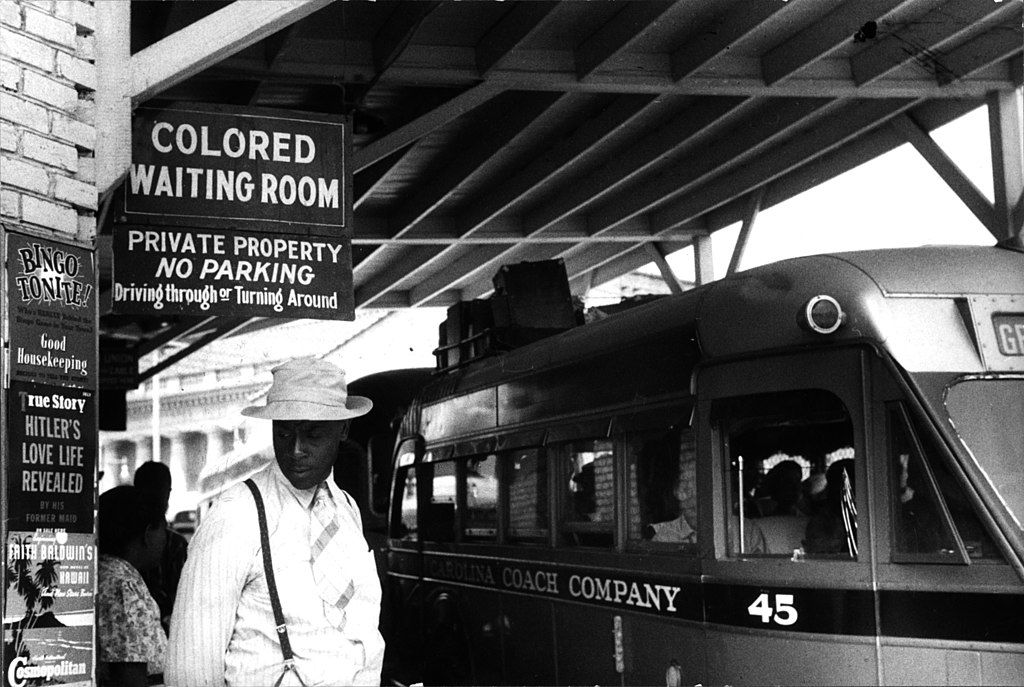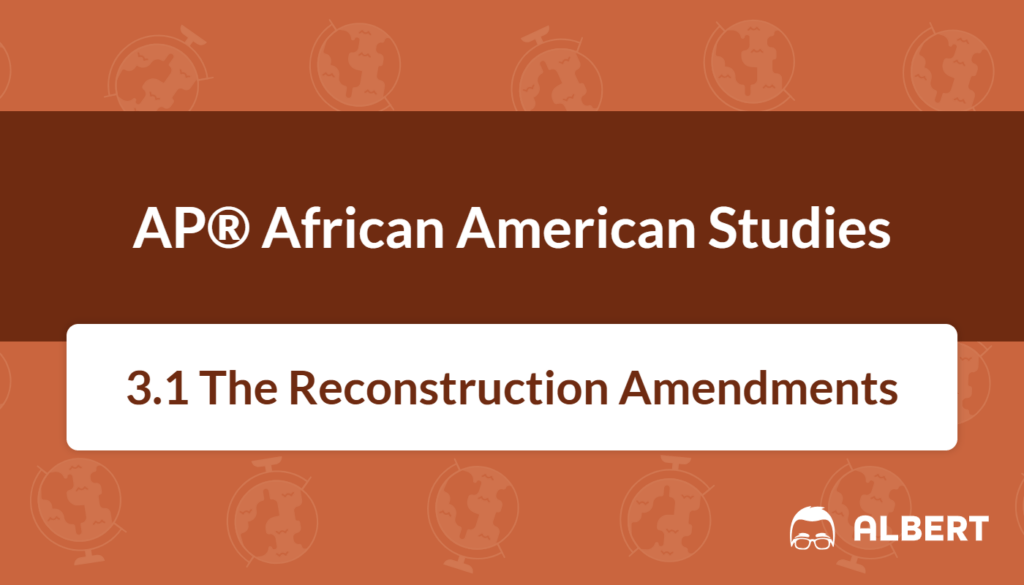What We Review
Introduction
The Reconstruction Amendments are three vital pieces of the United States Constitution: the 13th, 14th, and 15th Amendments. Together, they mark a turning point in American history, particularly for African Americans. These amendments emerged when the Civil War ended, and the country had to address questions about citizenship, equality, and rights for those who had been enslaved. Although each amendment focuses on different aspects of freedom and citizenship, they share a common goal: ensuring that all people in the United States are treated justly under the law.
These “Reconstruction Amendments” paved the way for the end of slavery and established federal protections that included birthright citizenship and the right to vote. Understanding how these amendments changed American life is essential for anyone studying U.S. history. They continue to influence modern conversations about civil rights, making it important to know when slavery ended, when slavery was abolished in law, and how each amendment built upon the last to promote greater equality.
The Context of Reconstruction
After the Civil War (1861–1865), the nation underwent a period called Reconstruction (1865–1877). During these years, the federal government worked to bring the former Confederate states back into the Union and protect the rights of freed African Americans (EK 3.1.A.1). The country faced major challenges, such as rebuilding the South’s economy, addressing longstanding racial injustices, and defining how to ensure citizenship for formerly enslaved people.
However, it was not an easy road. Many Southern leaders resisted federal laws and passed Black codes that limited the freedom of African Americans. Therefore, Congress responded with the Reconstruction Amendments to reinforce new legal protections. These amendments aimed to establish clear standards for citizenship and voting rights, especially in places where formerly enslaved individuals were subjected to continued discrimination. By setting these guarantees at the constitutional level, the Amendments offered a stronger foundation for equal rights than ordinary state laws could provide.
The 13th Amendment
The 13th Amendment, ratified in 1865, officially ended slavery in the United States (EK 3.1.A.2). It states that neither slavery nor involuntary servitude would exist in the country, except as punishment for a crime. When students ask, “When did slavery end?” this constitutional amendment provides the official answer. While the Emancipation Proclamation in 1863 declared enslaved people free in Confederate states, the 13th Amendment permanently abolished slavery across the entire nation.
- Congress passed the 13th Amendment on January 31, 1865.
- It was ratified by enough states on December 6, 1865.
- Slavery was no longer legal, which meant African Americans had the possibility of working for wages, moving freely, and creating a new social order.
However, freedom alone did not solve every problem. Many newly freed individuals found themselves without jobs, shelter, or protection from discrimination. Therefore, the 13th Amendment was a crucial first step, but more amendments and legislation were needed to define citizenship rights and ward off efforts to deny new freedoms.
The 14th Amendment
Ratified in 1868, the 14th Amendment introduced several important principles. First, it established birthright citizenship, meaning anyone born or naturalized in the United States is automatically a citizen (EK 3.1.A.3). It also required states to provide all citizens equal protection under the law. This was especially significant because it reversed the Supreme Court’s Dred Scott v. Sandford (1857) decision, which had denied citizenship to people of African descent. The 14th Amendment made it clear that African Americans possessed full citizenship rights.
Furthermore, the 14th Amendment empowered the federal government to take action when states violated those rights. As a result, individuals could appeal to federal courts if they believed a state law discriminated against them. Therefore, even though Black codes had tried to limit African Americans’ freedoms, federal oversight now had more authority to intervene.
For instance, the 14th Amendment helped dismantle legal barriers created directly after the Civil War. It also supported civil rights legislation in the 20th century, as future activists used its equal protection clause to argue for fair treatment in education, voting, and housing.
The 15th Amendment
The 15th Amendment, ratified in 1870, addressed voting rights for African American men (EK 3.1.A.4). Its language states that the right to vote cannot be denied on account of “race, color, or previous condition of servitude.” When exploring the question, “When was slavery abolished in relation to voting rights?” this amendment shows that, only a few years after slavery was officially ended, Black men gained constitutional protection to vote (LO 3.1.B).
This amendment led to a surge in political activity among Black communities. Many African Americans registered and turned out to vote, especially in Southern states. Therefore, new voices began shaping local and federal policies. Yet, it is important to note that the 15th Amendment did not address women’s suffrage, so the fight for women’s voting rights would continue until the passage of the 19th Amendment in 1920.
Challenges continued as well. Some states used poll taxes, literacy tests, and intimidation tactics to block Black citizens from the ballot box. Although the 15th Amendment opened the door for Black political participation, efforts to weaken these rights persisted well into the Jim Crow era.
The Impact of the Reconstruction Amendments on African Americans
By defining citizenship, ending slavery, and protecting voting rights, the Reconstruction Amendments reshaped the place of African Americans in society (LO 3.1.A). One major change during Reconstruction was the significant increase in Black political representation. Nearly 2,000 African Americans served in public office at every level of government, including local councils and the U.S. Senate (EK 3.1.B.2). This meant that policies could now include the perspectives and interests of former slaves and free Black families.
Additionally, African Americans opened schools, formed civic organizations, and advocated for communities that were long overlooked. With federal government support, Black men not only voted but held positions of power. Consequently, new laws, such as those funding public education, improved life for many people in the South.
However, many gains from Reconstruction did not last. As federal troops withdrew from the South, local authorities enacted Jim Crow laws that systematically suppressed Black rights. Poll taxes, separate facilities, and violent intimidation undid many achievements of the 1870s. Therefore, these amendments represented a tremendous leap forward, but the journey toward full equality was far from finished.

The Legacy of the Reconstruction Amendments
The decades following Reconstruction saw severe oppression under Jim Crow, yet the principles of the 13th, 14th, and 15th Amendments remained in the Constitution. These principles provided a legal framework that civil rights activists used in the 1950s and 1960s to challenge segregation and discrimination. During the Civil Rights Movement, attorneys and leaders pointed to the equal protection clause of the 14th Amendment when arguing against segregation in schools. Likewise, they referenced the 15th Amendment to demand fair voting laws.
Therefore, the Reconstruction Amendments shaped not only the late 19th century but also the direction of American society in the 20th century and beyond. The fight for equality continues, and modern Supreme Court cases still cite the 14th Amendment when dealing with issues like immigration, voting districts, and special protections. In this way, the achievements of Reconstruction serve as guiding principles for present-day discussions about civil rights.
Sources
- Thirteenth Amendment (1865). This constitutional amendment abolished slavery, marking the official end of slavery in the United States. It connects directly to EK 3.1.A.2, which highlights involuntary servitude’s ban except as a punishment for a crime.
- Fourteenth Amendment (1868). This amendment introduced birthright citizenship and equal protection under the law, overturning the Dred Scott v. Sandford decision and state-level Black codes (EK 3.1.A.3).
- Fifteenth Amendment (1870). The amendment guaranteed voting rights to Black men and shaped African American participation in U.S. politics during Reconstruction (LO 3.1.B; EK 3.1.B.1).
- Engraved Portrait of Five African American Legislators from Reconstruction Congresses, Early 1880s. This historical image shows some of the nearly 2,000 African Americans who held public office during Reconstruction (EK 3.1.B.2). It emphasizes the significance of African American voices in government affairs at the time.
Quick Reference Chart
| Term/Concept | Definition/Key Features |
| Reconstruction Amendments | The 13th, 14th, and 15th Amendments to the U.S. Constitution, passed between 1865 and 1870. |
| End of Slavery | Officially declared by the 13th Amendment, which abolished slavery after the Civil War. |
| Birthright Citizenship | Established by the 14th Amendment; all persons born or naturalized in the U.S. are citizens. |
| Equal Protection | Part of the 14th Amendment; requires states to treat all citizens equally under the law. |
| 15th Amendment Date | 1870; granted African American men the right to vote. |
| Black Codes | Laws passed in some Southern states that tried to limit freedoms of African Americans post-Civil War. |
| Jim Crow Laws | State and local statutes enforcing racial segregation, introduced after Reconstruction. |
| Civil Rights Movement | A mid-20th-century struggle that highlighted the core ideas set forth by Reconstruction Amendments. |
| Dred Scott v. Sandford (1857) | Supreme Court case that declared African Americans were not citizens; overturned by the 14th Amendment. |
| Representation | Nearly 2,000 African Americans served in public office during Reconstruction, showing the impact of the 13th, 14th, and 15th Amendments. |
Conclusion
The Reconstruction Amendments forever changed American society. By ending slavery, defining citizenship, and protecting voting rights, they created a pathway toward greater equality. Even though setbacks, such as Jim Crow laws, tried to undo their progress, these amendments continued to influence future generations. They played a central role in the Civil Rights Movement and shape many modern-day legal debates regarding equal protection and voting rights. They represent a key chapter in U.S. history and deserve study in any course focusing on African American history and broader civil rights struggles.
Sharpen Your Skills for AP® African American Studies
Are you preparing for the AP® African American Studies test? We’ve got you covered! Try our review articles designed to help you confidently tackle real-world AP® African American Studies problems. You’ll find everything you need to succeed, from quick tips to detailed strategies. Start exploring now!
Need help preparing for your AP® African American Studies exam?
Albert has hundreds of AP® African American Studies practice questions, free response, and full-length practice tests to try out.









